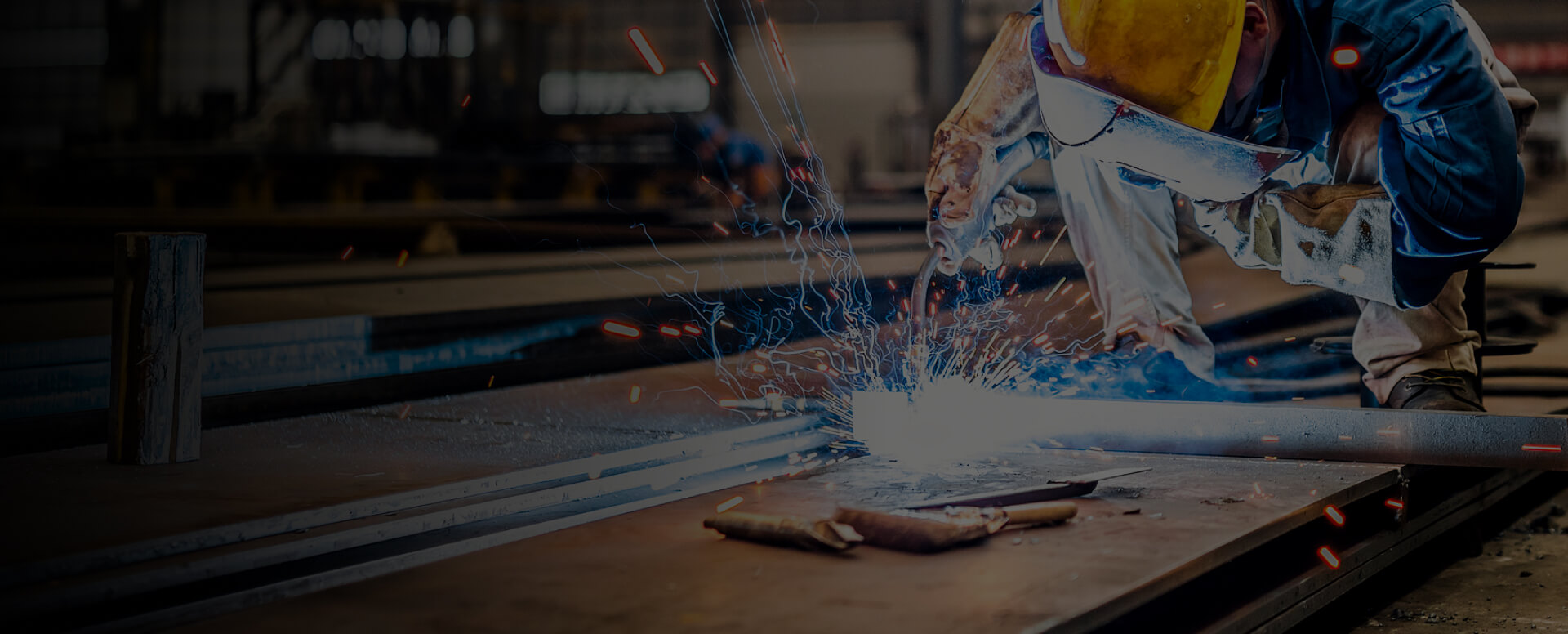
TIG Welding: A Complete Guide to Equipment, Process & Techniques
TIG Welding Equipment: Essential Components and Setup
Tungsten Electrode Selection and Preparation
Electrode types: Pure, thoriated, ceriated, and lanthanated tungsten each offer different arc characteristics Proper grinding: Maintain a sharp, conical tip for optimal arc stability Size selection: Match electrode diameter to your amperage requirements
TIG Welding Torch Systems
Air-cooled torches: Suitable for lower amperage applications Water-cooled torches: Essential for high-amperage, continuous welding Ergonomic designs: Reduce operator fatigue during extended TIG welding sessions
Shielding Gas for TIG Welding
Primary gases: Argon provides excellent arc stability; helium increases heat input Gas mixtures: Argon/helium blends balance penetration and cleaning action Flow rates: Typically 15-25 CFH, adjusted based on torch size and environment
TIG Welding Machines and Power Sources
AC/DC capability: DC for steel and stainless, AC for aluminum and magnesium High-frequency start: Creates an arc without electrode/workpiece contact Pulse settings: Reduce heat input for thin materials and improve control
The TIG Welding Process: Step-by-Step Technique
Arc Starting and Maintenance
Establish proper arc length (typically 1/8 inch or less) Maintain a consistent torch angle throughout the weld Use a foot pedal for real-time amperage control
Filler Metal Addition
Manual feeding: Precisely control filler rod deposition rate Dip technique: Touch the filler rod to the leading edge of the molten pool Rod selection: Match filler metal composition to base material
Shielding Gas Coverage
Maintain adequate gas flow until the weld cools Use gas lens kits for improved coverage in difficult joints Post-flow timers prevent weld contamination after arc extinction
TIG Welding Advantages: Why Choose This Method?
Superior Weld Quality
Precision control: Excellent for thin materials and critical applications Clean welds: No spatter or flux residue reduces cleanup time Aesthetic results: Produce professional-looking welds with practice
Material Versatility
Aluminum welding: AC TIG welding effectively removes oxide layers Stainless steel: Maintain corrosion resistance with precise heat control Exotic metals: Ideal for titanium, magnesium, and other specialty alloys
TIG Welding Challenges and Solutions
Skill Development Requirements
Steep learning curve: Practice fundamental movements on scrap material Hand-eye coordination: Develop simultaneous torch and filler rod control Certification programs: Consider formal training for critical applications
Equipment Costs and Considerations
Initial investment: TIG setups typically cost more than MIG or stick equipment Consumable expenses: Factor in tungsten grinding, gas costs, and filler metals Accessory requirements: Budget for additional cups, collets, and gas lenses
TIG Welding Safety: Essential Protective Measures
Personal Protective Equipment (PPE)
Auto-darkening helmets: Protect eyes from arc flash while maintaining visibility Heat-resistant gloves: Choose dexterous TIG-specific gloves for better control Protective clothing: Wear natural fiber or flame-resistant garments
Workplace Safety Protocols
Adequate ventilation: Use fume extraction systems in confined spaces Gas cylinder security: Properly secure and store high-pressure gas cylinders Electrical safety: Ensure proper grounding and equipment maintenance
Advanced TIG Welding Techniques
Thin Material Welding
Use pulse welding features to prevent burn-through Employ backing bars to support root passes Practice heat control on scrap material of similar thickness
Pipe Welding Applications
Develop consistency through position welding practice Use specialized pipe welding techniques for various joint configurations Implement root pass techniques for complete penetration
TIG Welding Troubleshooting Common Issues
Tungsten Contamination
Symptoms: Erratic arc, black soot on weld Solutions: Regrind tungsten, improve dip technique
Porosity Problems
Causes: Insufficient gas flow, contaminated base metal Solutions: Check the gas system, improve cleaning procedures
Arc Stability Issues
Causes: Incorrect polarity, improper tungsten preparation Solutions: Verify machine settings, sharpen tungsten properly
Related Articles

What is the typical cost of mig welding?
Understanding MIG Welding Costs: A Detailed BreakdownThe cost of MIG welding can vary significantly depending on the scale and complexity of the project. For small DIY tasks, expenses may be relatively low, with basic equipment ranging from 400 to 2000. In contrast, large commercial or industrial pr

Metals Suitable for MIG Welding And Its Challenges
MIG welding, also known as Gas Metal Arc Welding (GMAW), is widely used across industrial and hobby applications due to its versatility and ability to join a variety of metals. However, some metals—including titanium alloys—pose challenges due to their reactive nature and other inherent properties.C

Introduction To Plasma Cutting Torch
Components of a Plasma Cutter TorchA plasma cutting torch consists of several key parts, including the electrode, nozzle, swirl ring, shield, and electrical and gas supply components. Each plays a critical role in ensuring precise and efficient cutting.Core Components1. ElectrodeThe electrode serves

What Voltage Is Needed for Plasma Cutting?
Plasma cutting machines require varying voltage levels, typically ranging from 110V for small-scale tasks to 600V for industrial applications.Plasma Cutting BasicsUnderstanding the fundamentals of plasma cutting is essential for both beginners and experienced operators. This process relies on key co

What Materials Are Not Suitable for Plasma Cutting?
Materials Suitable and Unsuitable for Plasma CuttingPlasma cutting is a process that uses an accelerated jet of hot plasma to slice through electrically conductive materials. While it excels with metals like steel, aluminum, brass, and copper, it is not suitable for non-conductive substances such as

Plasma Welding: Applications, Benefits, And Industry Use Cases
Plasma welding is widely used in industries such as aerospace, automotive, and electronics due to its ability to deliver precise and high-quality welds.History and Development of Plasma WeldingThe quest for effective material joining has driven innovation for centuries. Welding, in its many forms, h

